I'm new to python and i've become very interested in it's ability to produce fractal images. I've written a few simple ones myself, but I just discovered a script for Mandelbrot fractals... it produces beautiful, full color images at your desired resolution.... but the code is obfuscated to look like ASCII art of a Mandelbrot.... really cool, but silly if you want to read it easily. It contains functions I haven't learned yet in python, so if someone can indent the script to look like normal python script, that'd be great. The script:
_ = (
255,
lambda
V ,B,c
:c and Y(V*V+B,B, c
-1)if(abs(V)<6)else
( 2+c-4*abs(V)**-0.4)/i
) ;v, x=7200,4800;C=range(v*x
);import struct;P=struct.pack;M,\
j ='<QIIHHHH',open('M.bmp','wb').write
for X in j('BM'+P(M,v*x*3+26,26,12,v,x,1,24))or C:
i ,Y=_;j(P('BBB',*(lambda T:(T*80+T**9
*i-950*T **99,T*70-880*T**18+701*
T **9 ,T*i**(1-T**45*2)))(sum(
[ Y(0,(A%3/3.+X%v+(X/v+
A/3/3.-x/2)/1j)*2.5
/x -2.7,i)**2 for \
A in C
[:9]])
/9)
) )
As I said, the art is cool, but too hard to read! If someone can do this, I'd be greatly thankful.
